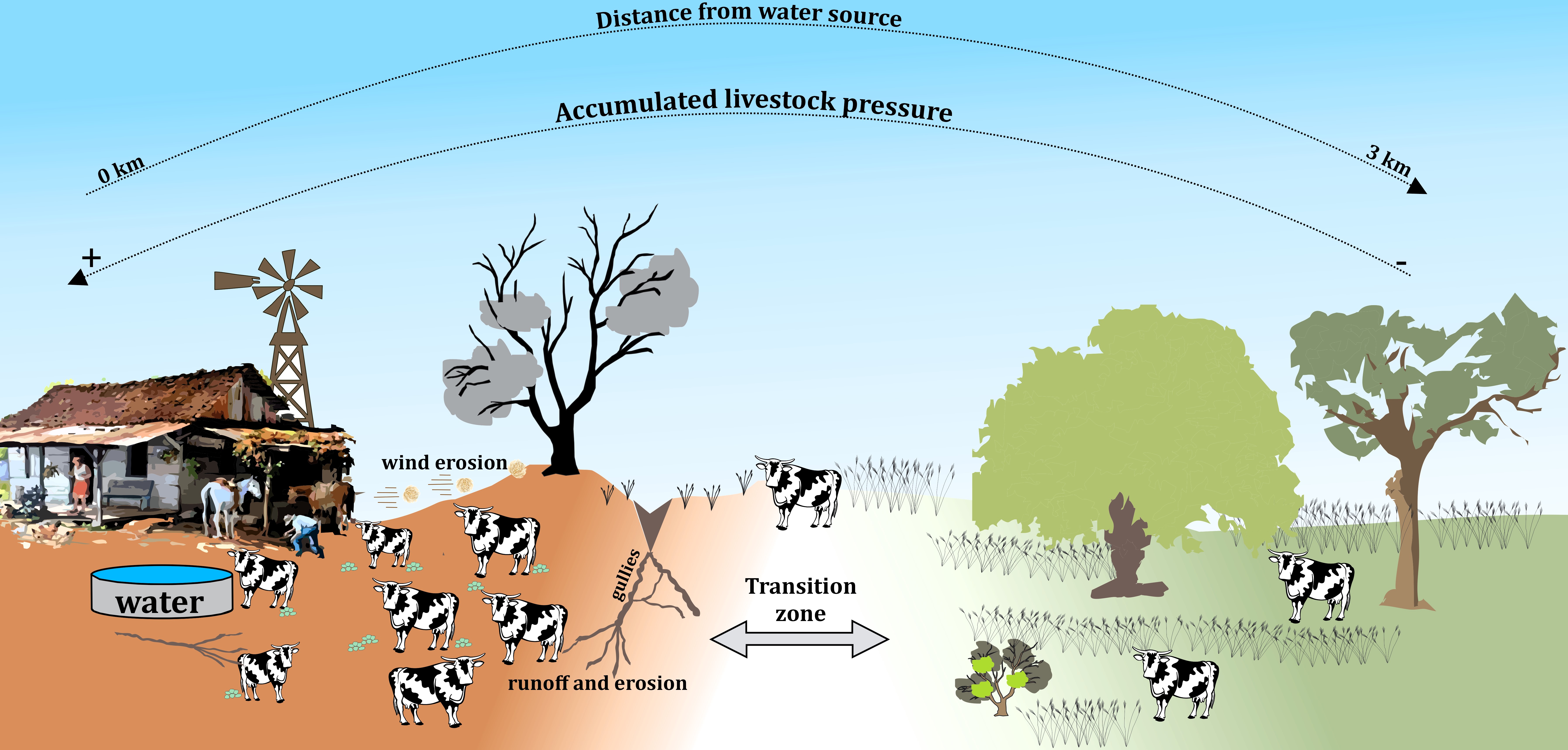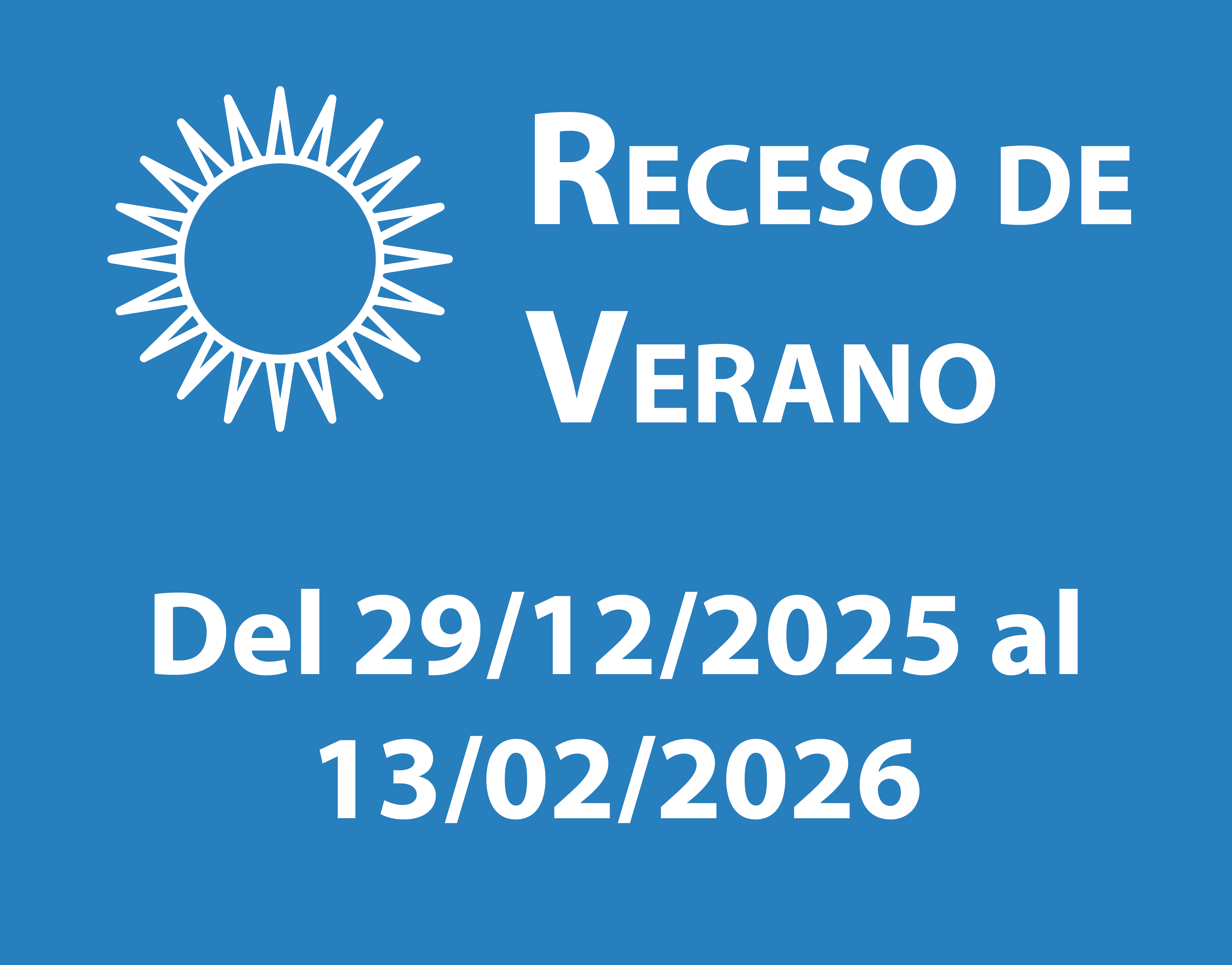Effects of geomorphology and distribution of water sources for livestock on the floristic composition and livestock receptivity of the Arid Chaco
DOI:
https://doi.org/10.48162/rev.39.119Palabras clave:
Chaco árido, pastizales naturales, piosfera, geomorfologíaResumen

Livestock production in semi-arid areas is possible due to the presence of permanent water sources, which create a radial pattern of grazing intensity known as the piosphere. For this reason, we predicted that permanent water sources would negatively impact the ecological conditions of plant communities, leading to variations in livestock receptivity. To test this prediction, we compared grazing gradients in two geomorphological units, using distance to water sources as an indicator of accumulated livestock pressure. We assessed variations in the botanical composition of both areas by analysis of variance and principal components analysis. Additionally, we modeled the relationship between distance to water source and livestock receptivity. Our results revealed significant differences in the contribution of different species based on their distance to water sources. Notably, a non-linear regression model provided the best fit for the relationship between water source and livestock receptivity in both geomorphological units. These findings demonstrate that the distance to permanent water sources serves as a reliable indicator of accumulated livestock pressure in semi-arid regions like the study area.
Highlights:
- In different geomorphological units, the distance to water sources significantly influences the floristic composition, which in turn affects the receptivity of livestock.
- A long history of domestic grazing has shaped the heterogeneity of plant communities, influencing species diversity and dominance. This translates into a landscape with different ecological conditions (good, fair and bad) distributed in different proportions.
- Nonlinear models provided the best fit between distance to water sources and livestock receptivity for both geomorphological units under study.
Descargas

Descargas
Publicado
Cómo citar
Número
Sección
Licencia
Derechos de autor 2018 Revista de la Facultad de Ciencias Agrarias UNCuyo

Esta obra está bajo una licencia internacional Creative Commons Reconocimiento-NoComercial-CompartirIgual 3.0.
Aquellos autores/as que tengan publicaciones con esta revista, aceptan las Políticas Editoriales.











.jpg)




